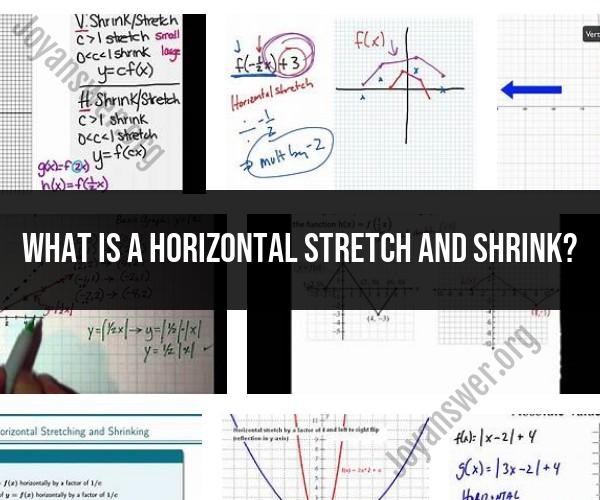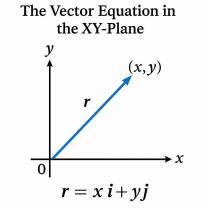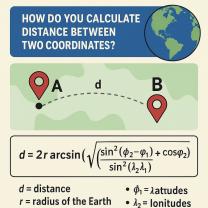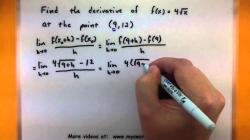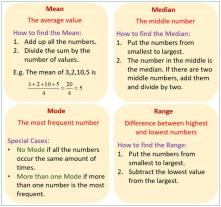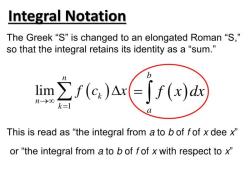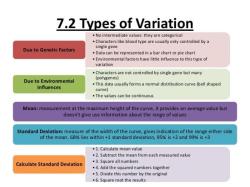What is a horizontal stretch and shrink?
Horizontal stretch and shrink are concepts in mathematics and geometry that describe the transformation of functions or shapes along the horizontal axis. These transformations alter the shape of a graph or object while maintaining its orientation. Let's delve into the details of horizontal stretch and shrink:
Horizontal Stretch:
A horizontal stretch (also known as a horizontal dilation or compression) is a transformation that causes a function or shape to become narrower or wider along the horizontal axis while maintaining its vertical position. It involves multiplying the x-coordinates of the points on the graph by a positive constant between 0 and 1.
Mathematically, if you have a function y = f(x), a horizontal stretch is represented as y = f(kx), where k is the stretching factor. If k > 1, the function is stretched horizontally (wider), and if 0 < k < 1, the function is compressed horizontally (narrower).
Horizontal Shrink:
A horizontal shrink is essentially the reverse of a horizontal stretch. It causes a function or shape to become wider or narrower along the horizontal axis while maintaining its vertical position. This transformation involves multiplying the x-coordinates of the points on the graph by a positive constant greater than 1.
Mathematically, for the function y = f(x), a horizontal shrink is represented as y = f(kx), where k > 1. The greater the value of k, the more the function is shrunk horizontally.
Effects on Graphs:
Stretching: A horizontal stretch makes the graph of the function wider. Points on the graph move away from the y-axis. If the function crosses the x-axis, it crosses it at a steeper angle.
Shrinking: A horizontal shrink makes the graph narrower. Points on the graph move toward the y-axis. If the function crosses the x-axis, it crosses it at a shallower angle.
Example:
Consider the function y = f(x). If we apply a horizontal stretch with a factor of 2, the new function would be y = f(2x). This means that every x-coordinate is multiplied by 2. The resulting graph would be wider than the original. Similarly, applying a horizontal shrink with a factor of 0.5 would result in the function y = f(0.5x), making the graph narrower.
Application:
Horizontal stretch and shrink are used in various fields, such as engineering, physics, computer graphics, and economics, to describe how changes in one variable affect another variable.
Understanding these transformations is crucial in analyzing and graphing functions and shapes, as well as in solving equations involving transformations. Mastery of these concepts allows for a deeper understanding of mathematical relationships and the ability to model real-world scenarios effectively.
